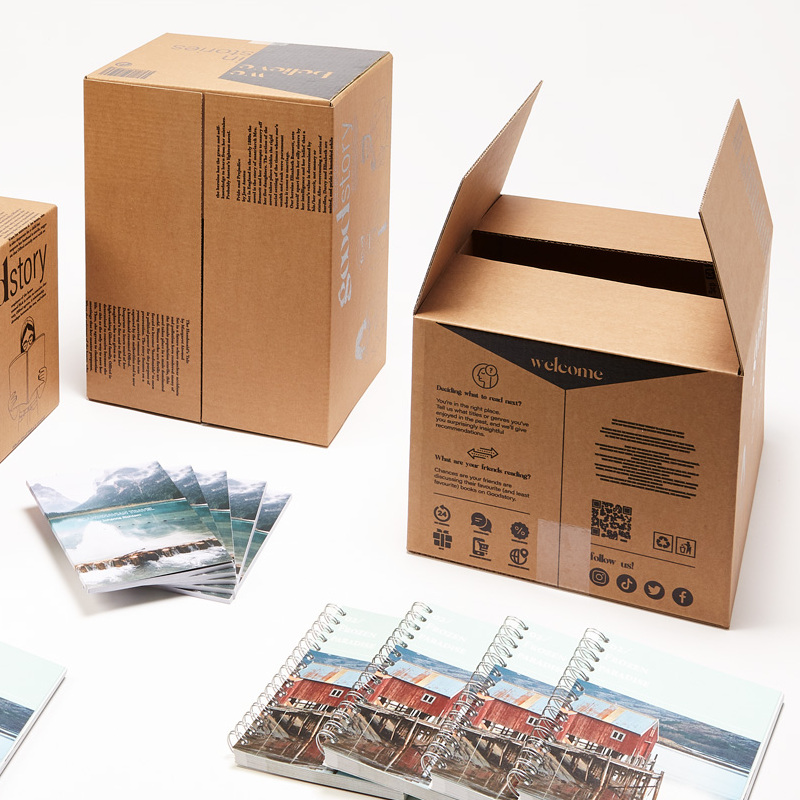Fev . 16, 2025 05:44
Food packaging is an intricate art and science that plays a pivotal role in preserving the quality, enhancing the safety, and extending the shelf life of food products. At its core, food packaging serves multiple functions - protecting the product, providing convenience, and ensuring it is presented in an appealing way to consumers. However, beyond these fundamental purposes, there's an expanding focus on sustainability, technology integration, and regulatory compliance, all of which are vital for any business wishing to stay competitive in the food industry.

Sustainability has become an imperative component of modern food packaging. The environmental impact of packaging materials is under increasing scrutiny, as consumers and businesses alike push for greener alternatives. Many companies are now shifting towards biodegradable, recyclable, and even reusable materials, seeking innovations that not only reduce the carbon footprint but also maintain the integrity of the food product. For example, bioplastics made from plant materials are garnering attention as they offer similar protective qualities to conventional plastics without the environmental drawbacks. However, transitioning to sustainable packaging requires a balance; it must not compromise the safety and quality of the food it contains, and businesses must ensure their entire packaging lifecycle — from production to disposal — aligns with their sustainability goals.
Technology is another sphere where food packaging is experiencing significant transformation.
Smart packaging is increasingly being adopted by forward-thinking companies. This involves integrating technology such as QR codes, NFC tags, and even sensors that provide real-time data on the condition of the food product. These technological enhancements not only facilitate better supply chain management but also engage consumers by offering them deeper insights into the origin, quality, and status of the food products they are purchasing. Imagine buying a packet of organic strawberries that tells you exactly when and where it was harvested or being alerted when the milk in your fridge is about to expire — this is the future of food packaging.

Regulatory compliance is a crucial aspect that demands attention in food packaging. Packaging laws and regulations differ across regions, with each enforcing rigorous standards to ensure consumer safety. Businesses must be acutely aware of these laws, which encompass labeling requirements, permissible materials, and safety protocols, to avoid costly legal repercussions. The increased global supply and demand chain makes it essential for businesses to stay updated with international standards set by organizations like the FDA in the United States or the EFSA in Europe, which constantly evolve to address new safety concerns and technological advances.
food packaging
In terms of design, food packaging should not only protect and inform but also captivate the consumer’s attention, forging a connection between the brand and the buyer. A strategic, aesthetically pleasing package can differentiate a product on a crowded shelf, conveying brand values and unique selling propositions at a glance. Artful use of color, shape, and material can transform the unboxing experience into something memorable, encouraging repeat purchases and brand loyalty.
Moreover, consumer trust — a critical factor in purchasing decisions — is significantly influenced by packaging. Tamper-evident designs, clear information on ingredients and allergens, and certifications for organic or fair-trade practices build credibility. Transparency through packaging reassures consumers, fostering a trusting relationship that can drive brand loyalty and advocacy.
In conclusion, contemporary food packaging is a multifaceted domain that requires careful consideration of sustainability, technological integration, regulatory adherence, and consumer engagement. For businesses in the food industry, harnessing these elements effectively is not just about preserving what’s inside but elevating the overall brand experience, securing trust, and paving the way for innovation-led growth in an increasingly aware and competitive marketplace.





